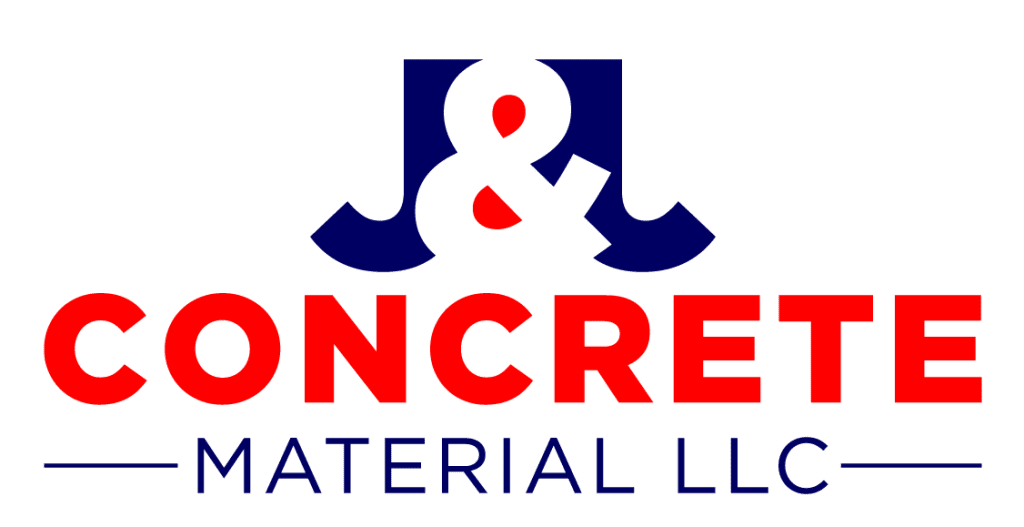Ready-mix concrete (RMC) has revolutionized the construction industry by providing a consistent, high-quality material tailored to meet specific project needs. This article delves into the intricacies of ready-mix concrete production and its delivery process, shedding light on why it has become an essential component in modern construction.
What is Ready-Mix Concrete?
Ready-mix concrete is a pre-mixed formulation of cement, aggregates (sand, gravel, or crushed stone), water, and, in some cases, additives. Unlike traditional on-site mixing, ready-mix concrete is prepared in a specialized batching plant and transported to construction sites using concrete mixer trucks. This method ensures precise consistency and reduces the labor and time associated with on-site mixing.
The Production Process
The production of ready-mix concrete involves several key steps:
- Material Selection and Storage: High-quality raw materials are crucial for durable concrete. Cement is stored in silos, while aggregates and additives are stored in designated bins to prevent contamination.
- Mix Design: A mix design is developed based on the specific requirements of the project. Factors such as strength, workability, durability, and exposure conditions are considered. Admixtures, like accelerators or retarders, may be added to modify the concrete’s properties.
- Batching: The selected materials are measured and weighed with precision using automated systems to ensure the mix adheres to the specified design. Batching plants can be stationary or mobile, depending on the scale and location of the project.
- Mixing: The materials are thoroughly mixed in a central mixer or within the transit mixer. Central mixing plants ensure higher uniformity, while transit mixers mix the components en route to the site.
- Quality Control: Samples are taken during production to test properties such as slump, air content, and compressive strength. Strict quality control measures ensure that the final product meets industry standards and project specifications.
Delivery and Placement
The delivery process is as critical as the production itself. Concrete must be delivered within a specific timeframe to prevent setting and maintain workability. Here’s how the delivery process unfolds:
- Transport: Concrete mixer trucks transport the ready-mix concrete from the plant to the construction site. These trucks are equipped with rotating drums to prevent the mix from hardening during transit.
- Site Preparation: Before delivery, the construction site is prepared to receive the concrete. This includes positioning formwork and ensuring access for the mixer truck.
- Pouring and Placement: The concrete is poured into the prepared forms either directly from the truck or using equipment like pumps for hard-to-reach areas. Proper placement techniques, including vibration, ensure the concrete is compact and free of voids.
- Curing: Once placed, concrete requires curing to achieve its intended strength and durability. This involves maintaining adequate moisture and temperature conditions for a specified period.
Advantages of Ready-Mix Concrete
- Consistency: Centralized production ensures uniform quality across batches.
- Efficiency: Reduces on-site labor and time.
- Customization: Tailored mixes meet specific structural and environmental needs.
- Reduced Waste: Precise batching minimizes material wastage.
Conclusion
Ready-mix concrete’s production and delivery system exemplify efficiency and quality in modern construction. By streamlining processes and ensuring precise formulations, it offers significant advantages over traditional methods. As infrastructure demands grow, ready-mix concrete will continue to play a pivotal role in building the world’s future.
